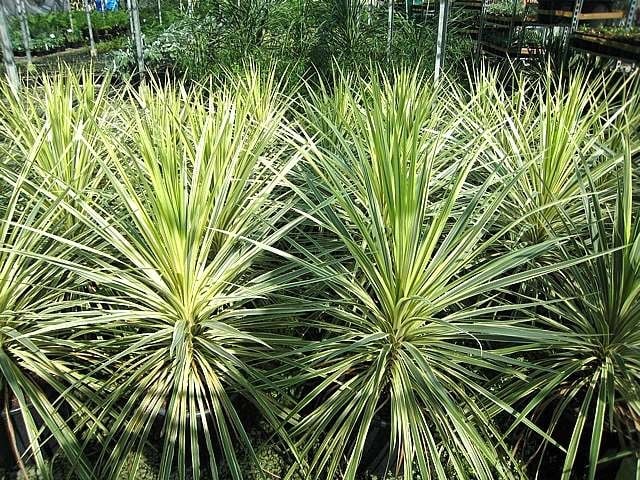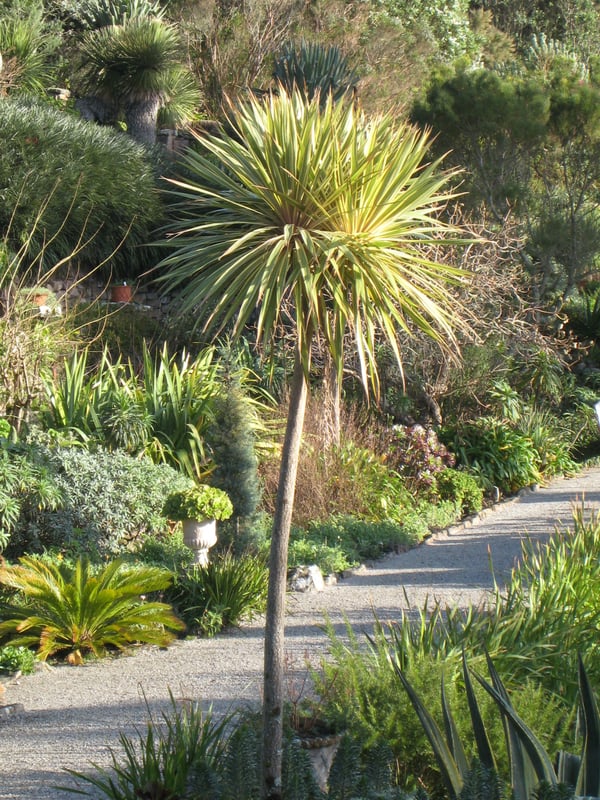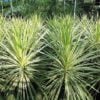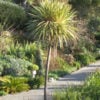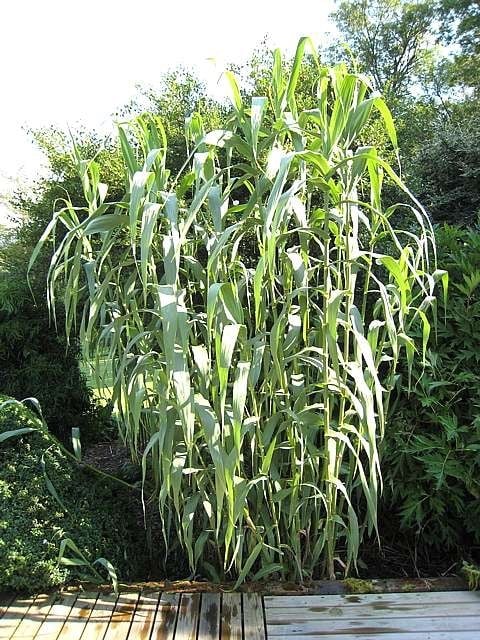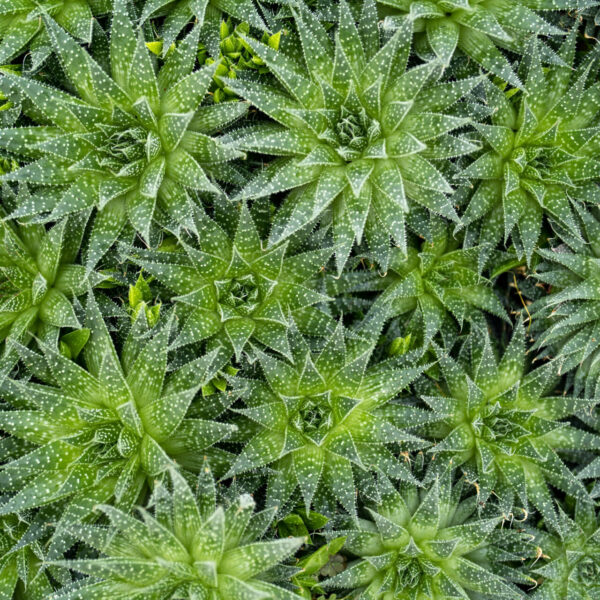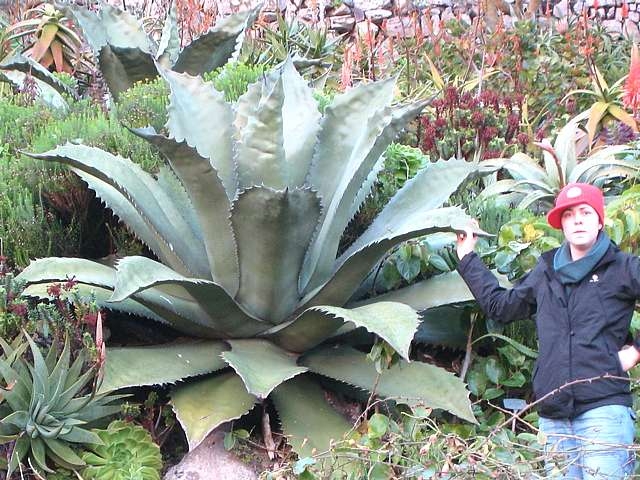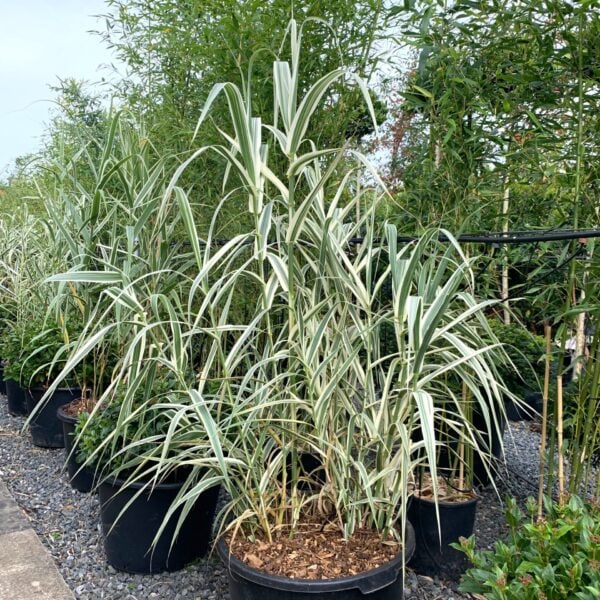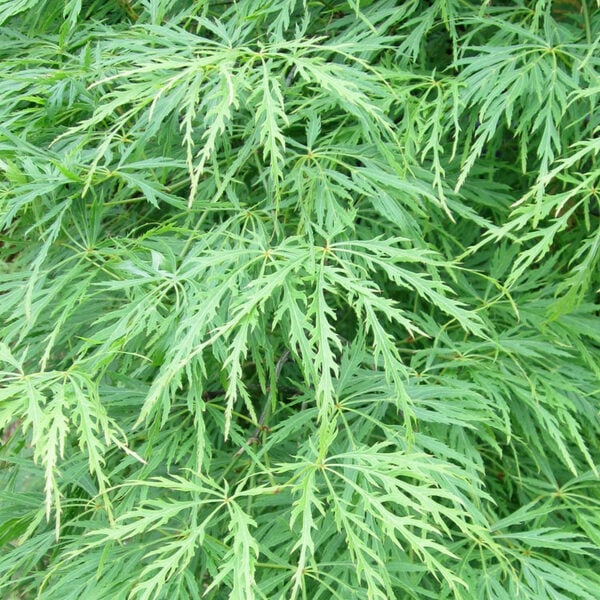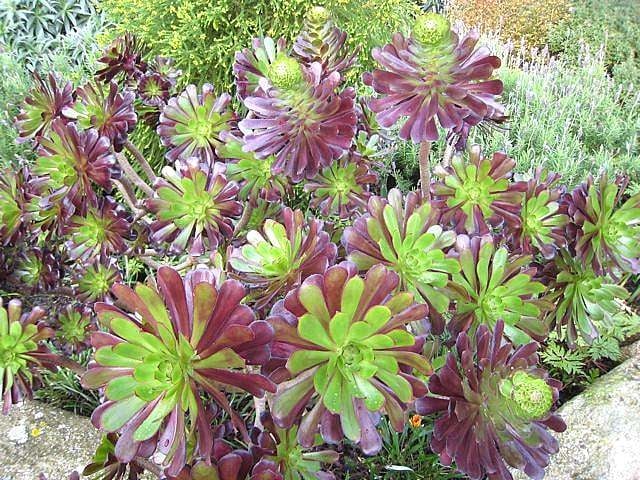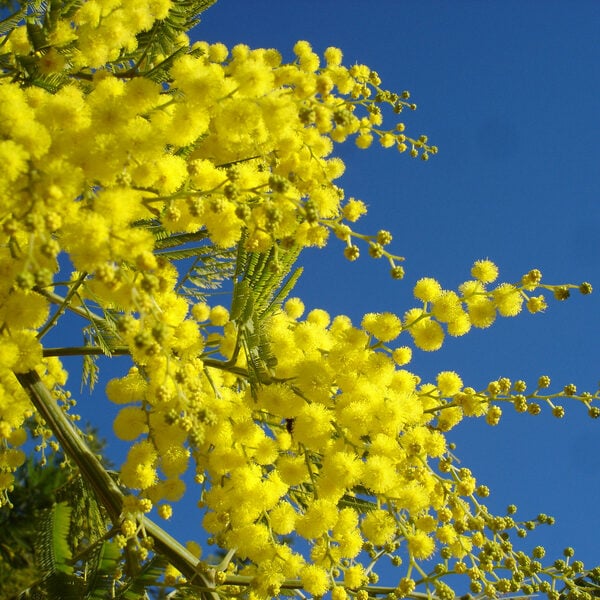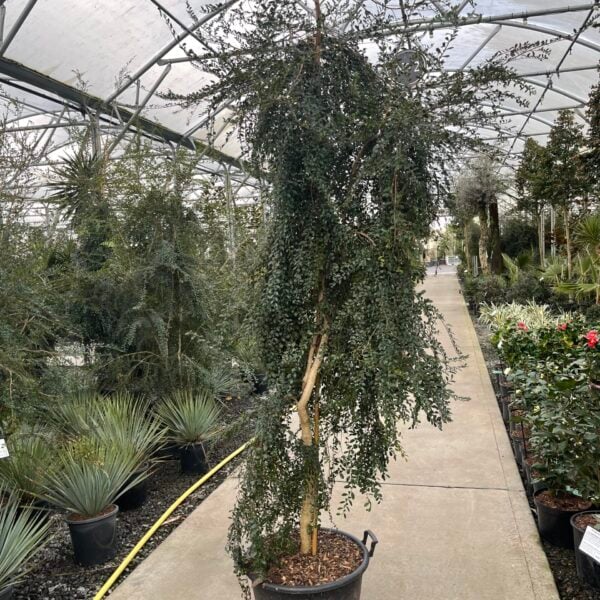Cordyline australis ‘Albertii’ (Grass Palm)
A slender Cordyline with variegated leaves and red stripes. Slow growing and tender but surprisingly good in a pot. Named after Albert, King of the Belgians, naturellement. Please contact us for stock availability and sizes.

Hardiness level Red
King Albert's Cordyline. He was king of the Belgians (reigned from 1909 to 1934). Why was this plant named after him? Absolutely no idea. It's not tremendously hardy but will certainly take the sort of frost endured in the middle of big cities and within 3 miles of the coast. We're not famous for our love of variegated plants but this (because of its variegation) grows slowly and is so elegant and slender of trunk. It's a really pretty little plant and as long as its feet don't get too wet, robust and easy. You can even leave it in a pot for several years and it won't complain too much. Remove the old leaves as soon as they're discoloured from age. It's a nice job - you don't need to cut them. Just pull them off and it'll leave a smooth trunk. If you keep it in a conservatory or greenhouse it'll probably get Red Spider Mite which needs to be dealt with. Biological control is the answer. Alternatively - if you have the time - take a soapy sponge and wipe the underneath of every leaf. Bit time consuming but it works.
Several have survived outside the White Swan pub on the A27 west of Arundel for many years. Well inland so can't be all that frost tender.
For information and ideas on winter protection go to 64. Wrapping for Winter in the Glossary of Terms
Propagated by micropropagation
N.B. When clipping several plants with the same tool, have a bucket containing a 5% bleach solution and swish your blades around for 30 seconds between plants to sterilise them. This will help avoid the chance of cross contamination of disease.
As with all woody plants, plant high, exposing as much of the taper at the base of the trunk as possible. Allowing soil to accumulate round the base of a tree can be fatal. Keep very well watered when first planted.
Additional Information |
|
|---|---|
| Soil Type | |
| Light | |
| Plant Type | Big Leaves / Exotics, Evergreen, Flowers, Grown by Us, Palms, Screening Plants |
| Continent of Origin | |
| Specialist Plants | |
| Situation | Coastal, Conservatories, Mild City Gardens, Plants for Pots, Seaside, Sheltered Garden |
| Flower Colour | |
| Hardiness | |





